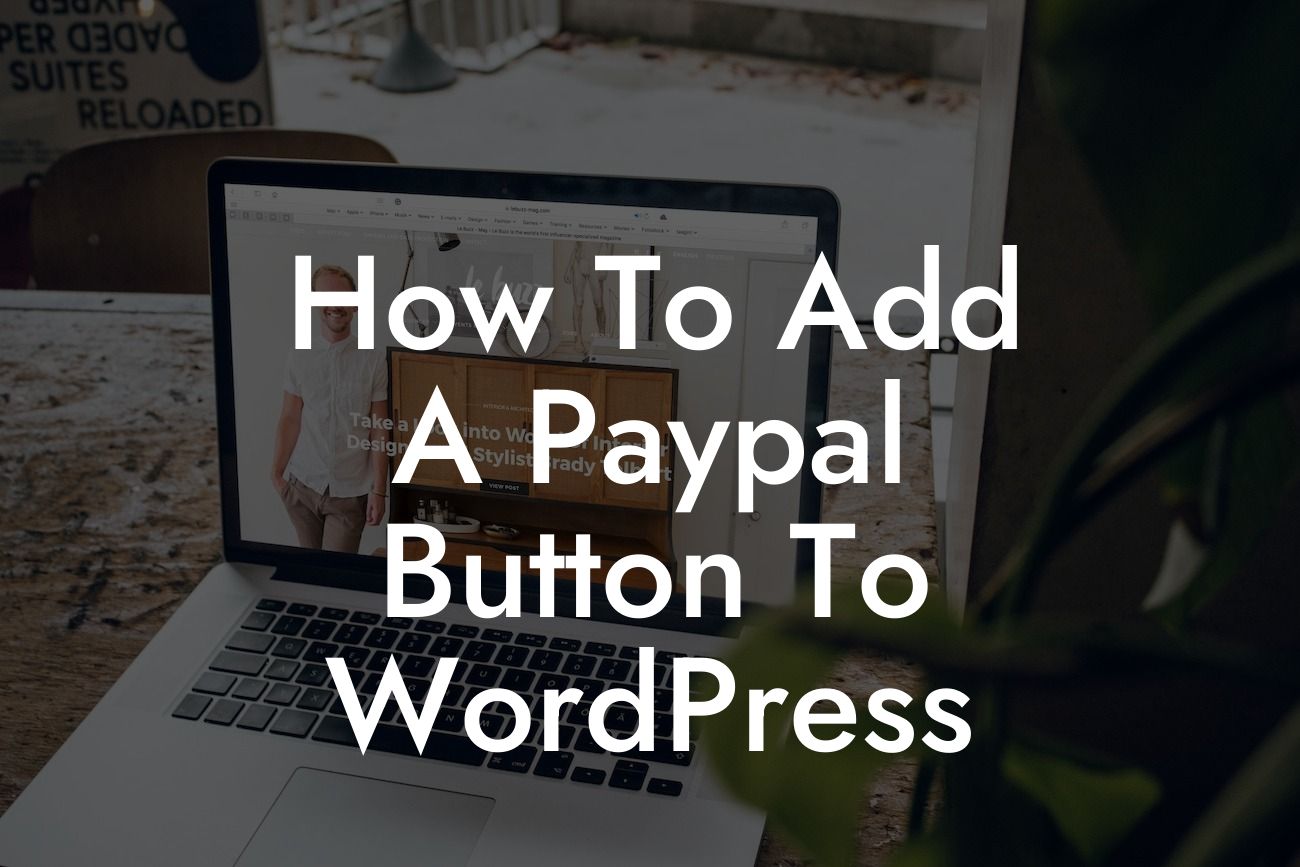Have you ever wanted to seamlessly integrate a PayPal button into your WordPress website? Whether you are a small business owner or an entrepreneur looking to accept payments online, DamnWoo has got you covered. In this detailed guide, we will walk you through the step-by-step process of adding a PayPal button to your WordPress site. No more hassle, no more complicated coding – just a simple and convenient solution to boost your online business. Get ready to take your website to the next level with DamnWoo's extraordinary plugins.
Adding a PayPal button to your WordPress site can significantly enhance your online business by providing a secure and convenient payment option for your customers. Let's dive into the step-by-step guide to help you achieve this effortlessly.
1. Sign Up for a PayPal Business Account
- Create a PayPal business account if you don't already have one. It's a quick and straightforward process.
2. Install and Activate the DamnWoo PayPal Plugin
Looking For a Custom QuickBook Integration?
- Head over to the DamnWoo website and download the PayPal plugin specifically designed for WordPress.
- Install and activate the plugin on your WordPress dashboard to access its powerful features.
3. Configure the PayPal Plugin
- Navigate to the settings page of the DamnWoo PayPal plugin.
- Enter your PayPal email address to link your account and enable payments.
- Customize the appearance and behavior of your PayPal button to suit your website's aesthetics.
4. Create a PayPal Button
- In your WordPress editor, create a new page or post where you want to add the PayPal button.
- Use the DamnWoo PayPal plugin's shortcode generator to generate the necessary shortcode.
- Insert the generated shortcode into your page or post, and your PayPal button will appear instantly.
How To Add A Paypal Button To Wordpress Example:
Suppose you have an online store selling handmade accessories. By adding a PayPal button to your product pages, customers can conveniently make purchases without leaving your website. With DamnWoo's PayPal plugin, you can customize the button's color, shape, and size to match your brand's identity. This seamless integration enhances the user experience and improves the chances of conversion, ultimately boosting your revenue.
Congratulations! You have successfully added a PayPal button to your WordPress website with the help of DamnWoo's powerful plugin. Now, your customers can easily make secure payments, making their shopping experience a breeze. But why stop here? Explore DamnWoo's wide range of plugins and take your website to new heights. Don't forget to share this article with others who might find it useful too. Stay tuned for more engaging guides and elevate your online presence with DamnWoo.













